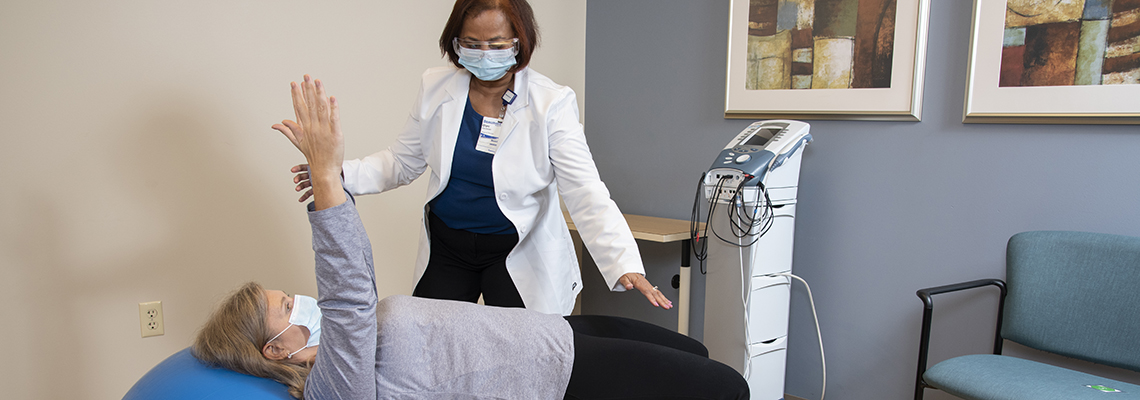
Acute injuries in sports can happen suddenly and often lead to serious issues for players. These traumas can vary from twists and tears to breaks and head injuries. To help prevent these injuries, it is crucial to adopt focused preventive strategies. These strategies focus on education, appropriate preparation, gear use, and overall health maintenance. By addressing these key areas, players can significantly reduce their chances of suffering from acute traumas while engaging in their beloved activities.
One effective approach to reducing the likelihood of traumas is through instruction. Athletes, coaches, and guardians should be educated about the typical types of injuries associated with specific activities. Comprehending the mechanics of these traumas allows all involved to recognize the signs and signals early. Informative workshops or seminars can help teach athletes about proper techniques and the significance of preparing up before games or practices. This knowledge enables players to take charge for their safety and encourages them to communicate any worries about possible injuries.
Another important protective strategy is proper preparation. Players should engage in a comprehensive conditioning program that focuses on developing strength, flexibility, and endurance. Strength training helps build the muscle groups that support joints, lowering the chances of traumas. Flexibility exercises, such as elongating, can enhance the range of motion and decrease the chance of muscle tears. Additionally, players should integrate sport-specific drills that simulate game situations, which can help them become more familiar with the movements involved in their selected activity. Coaches play a crucial role in developing and executing these training programs to ensure they are secure and efficient.
The use of appropriate gear is also essential in reducing acute traumas in sports. Players should consistently wear the right equipment for their particular sport, including helmets, pads, and proper footwear. For example, gridiron players need helmets to protect against head traumas, while soccer players require shin guards to shield their legs from collision. It is essential that equipment fits correctly and is maintained regularly to ensure it provides the intended safeguarding. Coaches and parents should motivate athletes certified physical therapist to take the effort to select and use the appropriate equipment to reduce their chances of injury.
In addition to awareness, preparation, and equipment, upholding overall well-being is essential for injury avoidance. Athletes should prioritize adequate nutrition, hydration, and rest to keep their physical condition in top condition. A balanced diet rich in vitamins and minerals aids facilitate muscle recovery and overall athletic performance. Maintaining hydrated is also crucial, as dehydration can lead to fatigue and heighten the likelihood of injuries. Lastly, achieving enough sleep is crucial for recovery and maintaining focus during training sessions and matches. By promoting good well-being habits, athletes can improve their effectiveness and lower their chances of experiencing acute injuries.
In conclusion, reducing the likelihood of acute traumas in athletics requires a comprehensive approach that includes education, proper training, suitable gear, and overall well-being maintenance. By concentrating on these specific protective strategies, players can better protect themselves from the dangers of traumas. Coaches, parents, and athletes all have vital roles to fulfill in creating a secure athletics environment. By cooperating together and emphasizing protection, the enjoyment of athletics can continue without the interruption of serious injuries.
Comments on “Efficient Methods to Reduce the Chance of Sudden Injuries in Athletics Through Targeted Preventative Strategies”